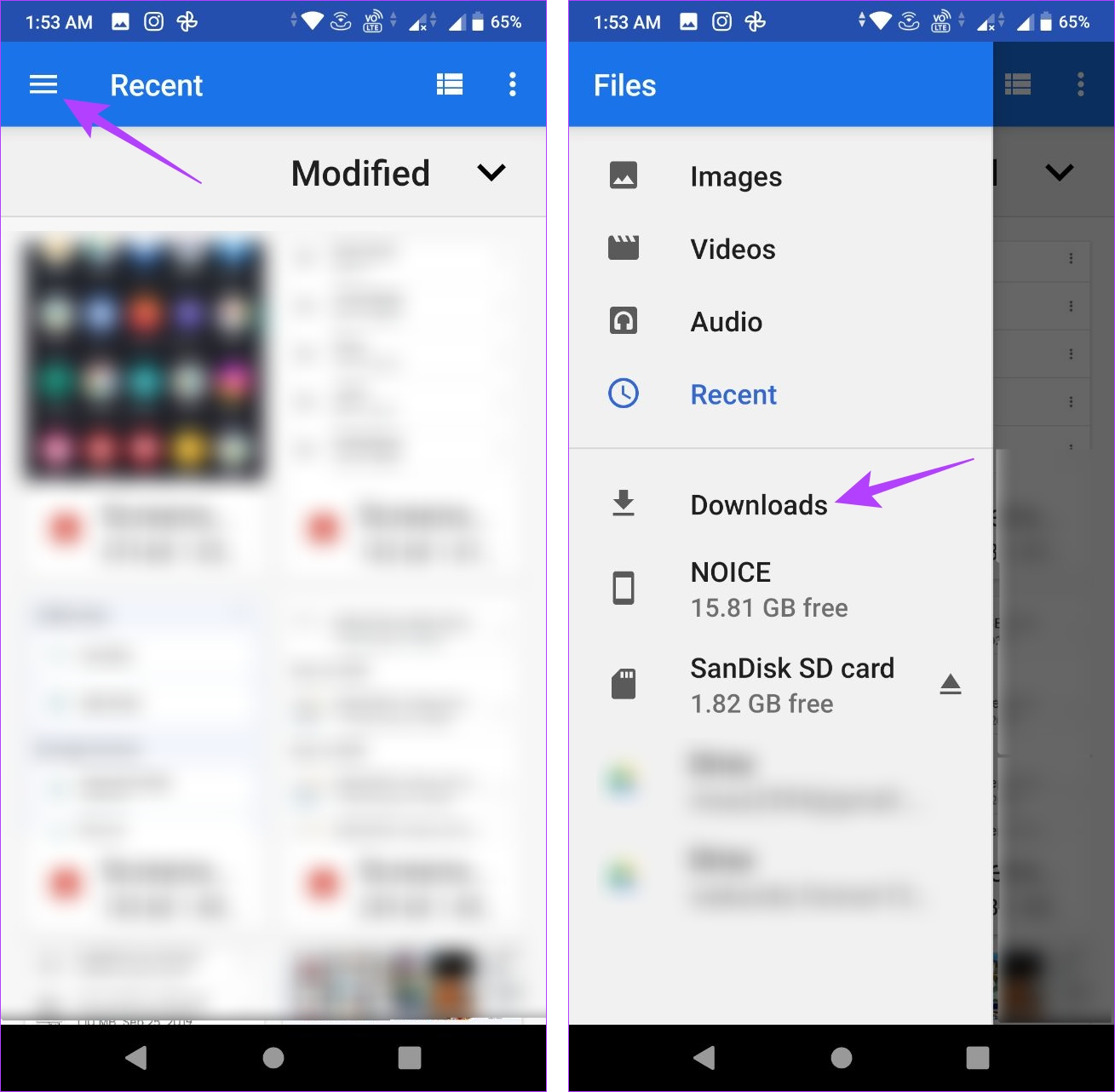The Single Best Strategy To Use For downloads on android tablet
The Single Best Strategy To Use For downloads on android tablet
Blog Article
Downloading and install documents on your Android device is straightforward, but finding them can be a problem. Prior to you recognize it, images, videos, screenshots, and various other data mess your phone. You need to understand where those downloads went so that you can delete unneeded records that are occupying area on your phone.

This overview reveals you exactly how to find an important data that disappeared and just how to arrange your Downloads folder. Below's just how to locate downloads on your device, whether you make use of one of the most effective Google Pixel phones or an additional Android mobile phone.
Locate your downloads with the default data supervisor
Every phone manufacturer might offer a one-of-a-kind pre-installed Android application for organizing documents, yet your usage must be comparable. If you have a Samsung gadget, you can consult our guide on locating downloads on your Samsung Galaxy phone.
Comparable to operating systems like Windows, macOS, and iphone, Android has a Downloads folder for your documents. Do the following to discover the downloads on your tool:
1. Open up the Data or My Files application from the home display or app drawer.
2. Try to find a area called Downloads.
3. Tap it to see the data you downloaded and install.
Use the Data by Google application for your downloads
If you're seeking a simple and effective method to find your downloaded and install data on your Android gadget, take into consideration using Files by Google from the Google Play Store. This app attracts attention as a top option for its easy to use user interface and capability, making it an superb choice to any kind of preinstalled documents supervisor application on your tool.
4. Open up the Documents application.
5. Select the Browse tab near the bottom.
6. Faucet Downloads.
7. Select the Download and install tab to see the documents because folder.
Situate your downloads by hand
If you're incapable to find the Downloads folder on the primary web page of your data manager app, try accessing your phone's internal storage instead. Right here's a detailed overview on just how to do it:
1. Open up the Data app.
2. Select the Browse tab at the bottom.
3. Scroll down and go to Inner storage space.
4. Touch the Download folder.
Move your downloads to another area
Relocating files away from the Downloads folder is practical for several reasons, especially for documents consisting of personal or personal details. Placing these files right into their folder maintains them protected and makes it difficult to remove them mistakenly. It likewise prevents them from obtaining buried and mixed with the various other random files you download and download apps android tablet install.
1. Open the Files app.
2. Navigate to your Download folder.
3. Tap the three-dot menu to the right of any file.
4. Choose the Move to option.
5. Tap Internal storage at the bottom.
6. Select any location or folder.
7. Tap Move here to transfer the file to that location.
You can also use the Copy to option and paste these files to another location. This allows you to create as many duplicates as you want without removing the original files from your Download folder.
View the exact location of your downloadsM/b >
You may want to see the location of the Download folder for various reasons from time to time. Tap the three-dot menu next to one of your downloaded files and go to File info. The/ storage/emulated/0/ Download path is the default for many modern Android devices. Some third-party web browsers might save files to a different folder, but this should be the location for most downloads.
Managing your downloads is easier than you think
Google's Files app is a great option if you prefer simplicity in a file manager. It has a clean UI and easy-to-use features. The app neatly organizes your documents by file types like downloads, images, videos, and audio. It also offers to clear junk files.
Speaking of tidying up, you can free up more storage space by learning how to delete unwanted WhatsApp media files. You can install an SD card on some Android devices if you're still short on space.
Report this page